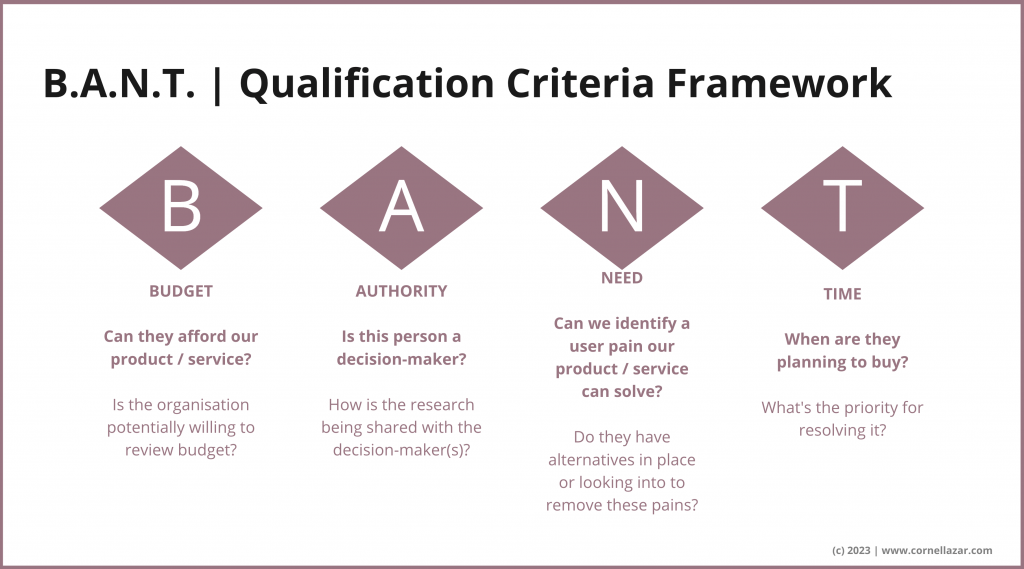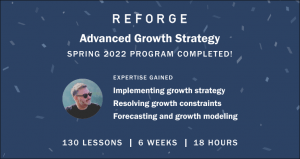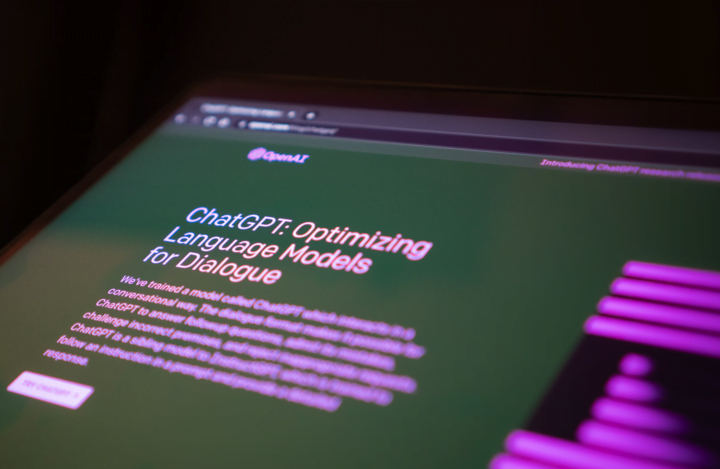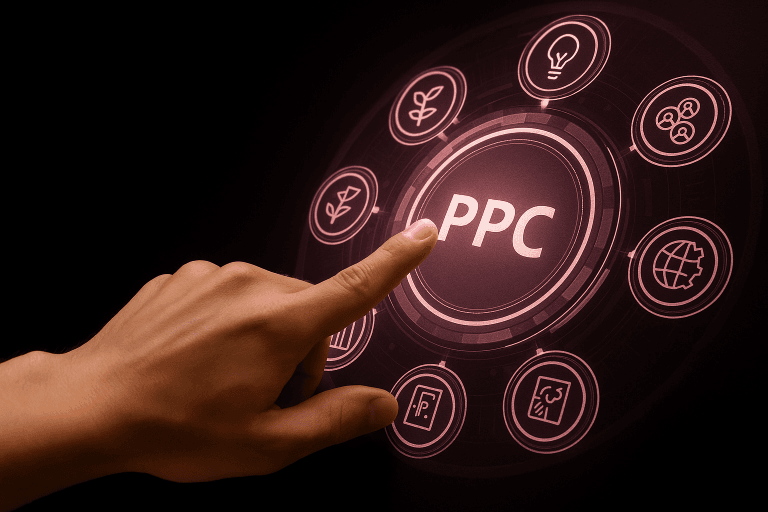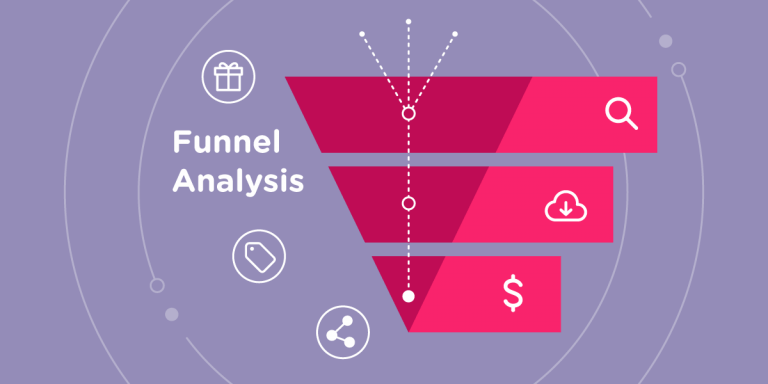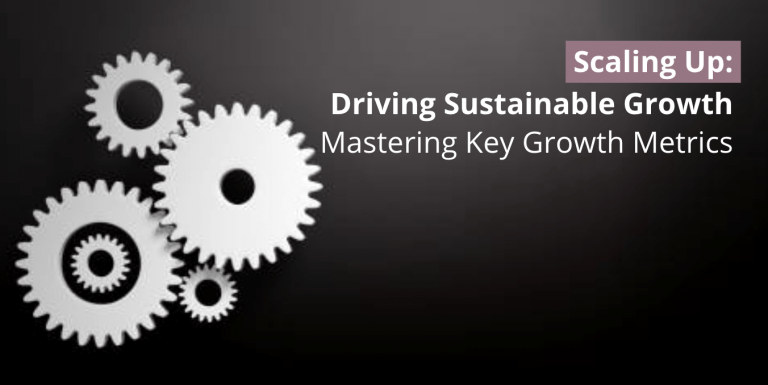“We need more leads!” “Give us more leads!” The desperate pleas every marketer has at some point or another heard from their colleagues in Sales.

More often than not the challenge isn’t to provide your sales team with quantity but qualitative leads. Inexperienced teams often times celebrate their MQLs targets but don’t pay attention to the conversions further downstream once the SDRs take over the leads.
By integrating lead scoring into your nurturing model at every stage in the pipeline you can better optimise your acquisition spend and stop exhausting your sales team by wasting time and effort reaching out to unqualified leads.

Understanding the interests, needs, and buying readiness of your leads is critical. We’re essentially expanding the pipeline …

Ok, let’s pause with the memes and dive straight into the blog post where I’ll be discussing a systematic approach to lead qualification, including lead nurturing, adding sensible human interactions, engagement, and gathering valuable insights.
Establishing clear rules for lead management is always a challenge and the goal is oftentimes not a perfect system but one that gets constantly calibrated. I’ll guide you through creating a streamlined process to move your prospects effectively through the pipeline. Let’s get started!
Lead stages
The majority of marketers relies on MQLs and SQLs but from experience this is too broad and not very helpful. More lead qualifying stages are required to nurture and better understand your leads.
Automation Qualified Lead (AQL)
An AQL is an early stage lead that is scored by your marketing automation platform. This scoring is based on a set of rules associated with prospect behaviours such as website visits, page views, webinar registrations, or contact form submissions. The scores may be weighted to reflect different levels of engagement.
For instance, downloading a specific piece of content or submitting an inquiry form may carry more weight than simply clicking on an email or viewing a single page.
It’s important to note that AQLs scored automatically may have incomplete fields and lack sufficient information for a fully tailored marketing program.
Marketing Qualified Lead (MQL)
Marketing qualified leads have taken a step further by sharing more information and exhibiting early buying signals. They may have reached a pre-defined threshold in terms of their automated score, indicating that they are more likely to convert into a sale compared to AQLs.
MQLs might have made multiple website visits, submitted an information request, or downloaded an in-depth industry report in exchange for valuable insights into their requirements.
Armed with this insight, marketers can create a more targeted program with messaging tailored to the prospect’s interests. This nurturing process aims to move the lead along the pipeline, bringing warmer prospects to the surface for prioritisation.
Sales-Accepted Lead (SAL)
Before passing MQLs to the sales team, it’s advisable to have an additional layer of qualification. This is where phone qualification comes into play.
Engaging in a real conversation with your prospect allows you to establish a close personal connection and gather insights into their interests, pain points, and challenges. Moreover, it provides valuable intelligence that automation alone cannot achieve. By qualifying leads through phone conversations, you ensure that they fully comply with the criteria required to be ‘accepted’ by the sales team.
SALs bridge the gap between MQLs and sales-ready leads, ensuring that your sales team is not wasting time or resources chasing leads that are not yet ready to make a purchase.
Use a Lead Qualification Criteria
Defining what constitutes a ‘sales-ready’ lead can vary across organisations, depending on their unique propositions and strategies.
One well-known lead qualification model is BANT, which stands for Budget, Authority, Need, and Timing.
Once a lead has progressed through the initial marketing stages, it’s up to your lead qualification approach to uncover the prospect’s intent:
BANT
- Budget: Determine their budget for your product or service.
- Authority: Are you speaking to a key decision maker within the business? Will your contact need to seek approval from a manager?
- Need: Understand the prospect’s key issue and demonstrate how your product or service can solve it.
- Timing: Gain an understanding of the prospect’s realistic timeframe. Knowing their timeline enables your sales team to plan key contact points and deliver a tailored pitch.
While BANT is a useful model, it can be customised to include additional criteria. Alternatively, you can create your own framework that aligns with your specific business needs.
The key is to establish a clear definition of a sales-ready lead and ensure it is shared across both the sales and marketing teams, as well as any other internal or external teams involved in the lead qualification process.
Sales Qualified Lead (SQL)
A sales-qualified lead is the ultimate goal of the lead qualification process. An SQL is a lead that has met the qualification criteria and is deemed ‘sales-ready’. At this stage, your sales team’s efforts are strategically targeted at priority prospects, armed with high-value insights gathered during the phone qualification process.
With this additional knowledge, your sales team can provide a tailored and persuasive proposition, highlighting relevant benefits that align with the customer’s needs. This targeted approach increases the chances of conversion and ensures that your sales team is focusing their efforts where they are most likely to yield results.
The Balancing Act: Quantity vs. Quality
It’s important to strike a balance between lead quantity and quality. While high volumes of automation-qualified leads may seem enticing, they can actually dilute the quality of your sales pipeline. Maximising your return on marketing spend requires delivering the right quality of leads to your sales team.
Adding phone qualification to your lead qualification process not only builds rapport through human contact but also enables you to accurately determine where prospects are in the pipeline and when they are truly sales-ready. This helps streamline the efforts of your sales team, ensuring they are focusing on the prospects with the highest likelihood of conversion.
Bringing it all together
Incorporating a systematic lead qualification process that includes scoring, nurturing, and human interactions is essential for delivering higher-value leads to your sales team. Striking a balance between quantity and quality ensures optimal use of resources and maximises conversion opportunities.




